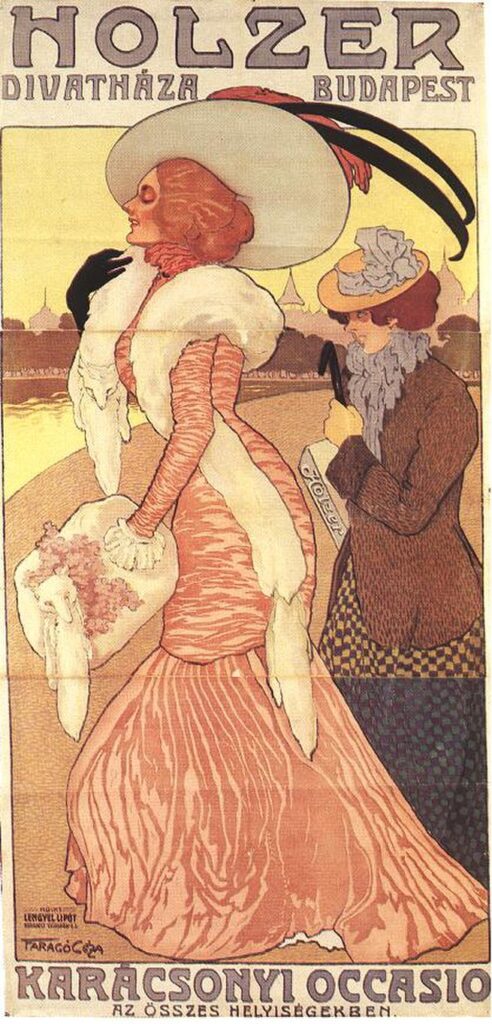Main Difference
The main difference between Lithograph and Poster is that the Lithograph is a printing process and Poster is a any piece of printed paper designed to be attached to a wall or vertical surface.
-
Lithograph
Lithography (from Ancient Greek λίθος, lithos, meaning ‘stone’, and γράφειν, graphein, meaning ‘to write’) is a method of printing originally based on the immiscibility of oil and water. The printing is from a stone (lithographic limestone) or a metal plate with a smooth surface. It was invented in 1796 by German author and actor Alois Senefelder as a cheap method of publishing theatrical works. Lithography can be used to print text or artwork onto paper or other suitable material.Lithography originally used an image drawn with oil, fat, or wax onto the surface of a smooth, level lithographic limestone plate. The stone was treated with a mixture of acid and gum arabic, etching the portions of the stone that were not protected by the grease-based image. When the stone was subsequently moistened, these etched areas retained water; an oil-based ink could then be applied and would be repelled by the water, sticking only to the original drawing. The ink would finally be transferred to a blank paper sheet, producing a printed page. This traditional technique is still used in some fine art printmaking applications.
In modern lithography, the image is made of a polymer coating applied to a flexible plastic or metal plate. The image can be printed directly from the plate (the orientation of the image is reversed), or it can be offset, by transferring the image onto a flexible sheet (rubber) for printing and publication.
As a printing technology, lithography is different from intaglio printing (gravure), wherein a plate is either engraved, etched, or stippled to score cavities to contain the printing ink; and woodblock printing or letterpress printing, wherein ink is applied to the raised surfaces of letters or images. Today, most types of high-volume books and magazines, especially when illustrated in colour, are printed with offset lithography, which has become the most common form of printing technology since the 1960s.
The related term “photolithography” refers to when photographic images are used in lithographic printing, whether these images are printed directly from a stone or from a metal plate, as in offset printing. “Photolithography” is used synonymously with “offset printing”. The technique as well as the term were introduced in Europe in the 1850s. Beginning in the 1960s, photolithography has played an important role in the fabrication and mass production of integrated circuits in the microelectronics industry.
-
Poster
A poster is any piece of printed paper designed to be attached to a wall or vertical surface. Typically, posters include both textual and graphic elements, although a poster may be either wholly graphical or wholly text. Posters are designed to be both eye-catching and informative. Posters may be used for many purposes. They are a frequent tool of advertisers (particularly of events, musicians, and films), propagandists, protestors, and other groups trying to communicate a message. Posters also are used for reproductions of artwork, particularly famous works, and are generally low-cost compared to the original artwork. The modern poster, as we know it, however, dates back to the 1840s and 1850s when the printing industry perfected colour lithography and made mass production possible.
-
Lithograph (noun)
A printed image produced by lithography; an image produced by etching the image onto a flat surface, then copying the etched surface by applying ink (or the equivalent) to it and pressing another material against it.
-
Lithograph (verb)
To create a copy of an image through lithography.
-
Poster (noun)
A picture of a celebrity, an event etc., intended to be attached to a wall.
“He has posters of his favorite band, sports teams and holiday resorts up.”
-
Poster (noun)
An advertisement to be posted on a pole, wall etc. to advertise something.
“I saw a poster for the film on the side of a bus.”
-
Poster (noun)
One who posts a message.
“Some posters left the online message board after the squabble.”
-
Poster (noun)
A shot that hits a goalpost instead of passing into the goal.
“We got three posters in the third and lost.”
-
Poster (noun)
A posthorse.
-
Poster (noun)
A swift traveller; a courier.
-
Poster (verb)
To decorate with posters.
“to poster the walls of a bedroom”

